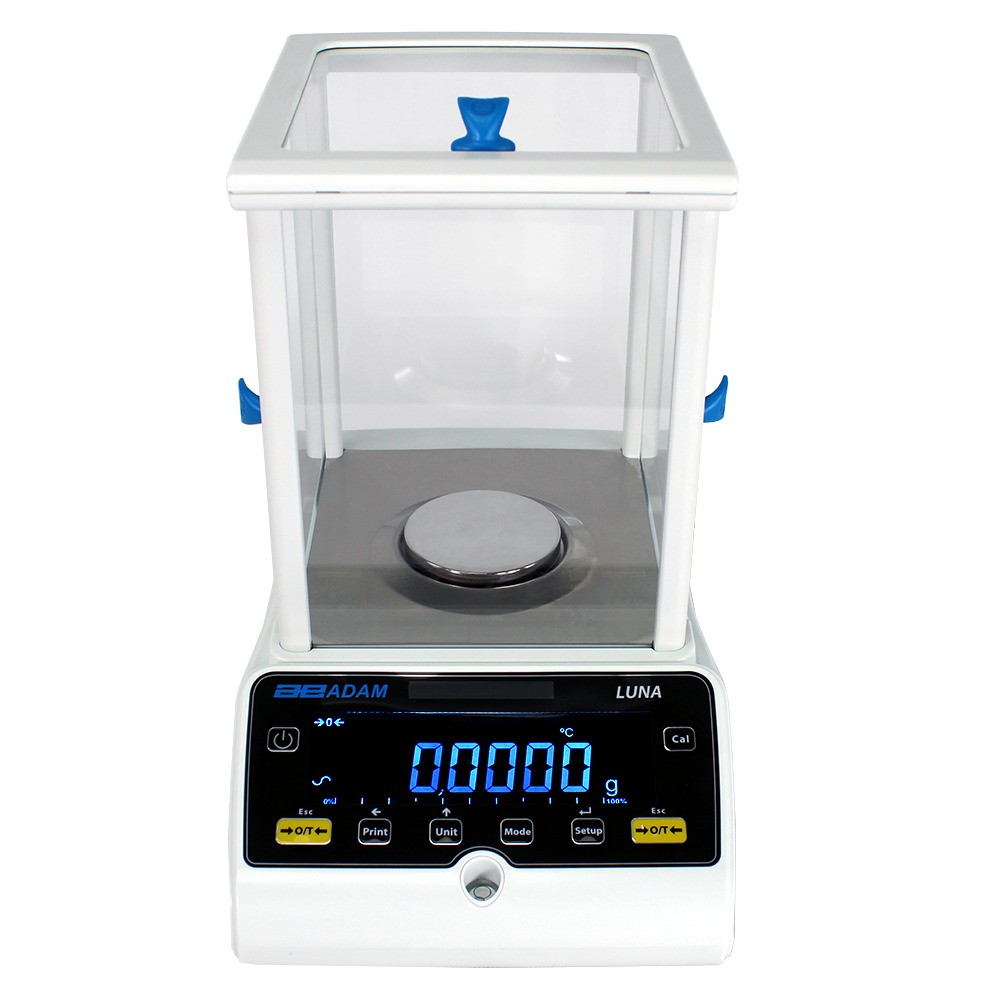 In the world of scientific research and laboratory work, where precision is paramount, it is essential to understand the importance of high-precision laboratory analytical balances; for more information on their features and benefits, Click Here.
In the world of scientific research and laboratory work, where precision is paramount, it is essential to understand the importance of high-precision laboratory analytical balances; for more information on their features and benefits, Click Here.
In the world of scientific research and laboratory work, precision is paramount. High-precision laboratory analytical balances play a crucial role in ensuring accurate measurements, which can make all the difference in experimental outcomes and product formulations. These sophisticated instruments are designed to provide reliable data, enabling researchers and technicians to carry out their work with confidence. As industries evolve and the demand for precision increases, the importance of these balances cannot be overstated.
W&J Instrument stands at the forefront of this technological advancement, specializing in the manufacture and sales of electronic balances, moisture analyzers, viscometers, and other essential laboratory instruments. Their commitment to quality and innovation positions them as a trusted partner for professionals seeking high-performance solutions. By leveraging cutting-edge design and engineering, W&J Instrument helps scientists and engineers push the boundaries of measurement accuracy, enhancing their ability to drive discoveries and optimize processes across various fields.
Innovative Features of High-Precision Balances
High-precision laboratory analytical balances are designed to deliver exceptional accuracy and reliability, essential for scientific research and quality control. One of the key innovative features of these balances is their advanced load cell technology, which ensures that even the slightest changes in weight are accurately captured. This technology minimizes the impact of environmental factors such as air currents and vibrations, providing consistent results that researchers can trust.
Another notable feature is the integration of smart connectivity options, allowing for seamless data transfer to computers and laboratory management systems. This enables scientists to easily record and analyze measurements, enhancing the efficiency of their workflows. Many high-precision balances now come with built-in software that aids in data management and compliance with regulatory standards, making them indispensable tools in modern laboratories.
User-friendliness is also a significant aspect of high-precision balances. With intuitive interfaces and customizable settings, operators can quickly adjust parameters to fit specific applications. Touchscreens and multilingual support further enhance accessibility, allowing users from various backgrounds to operate the equipment effectively. This focus on user experience contributes to increased productivity and better compliance with laboratory protocols.
Applications in Various Industries
High-precision laboratory analytical balances are integral to various industries where accuracy and reliability in measurement are paramount. In pharmaceuticals, for instance, these balances ensure that the precise quantities of active ingredients are used in drug formulation, which is critical for achieving the desired therapeutic effect and compliance with regulatory standards. The ability to measure even minute quantities with a high degree of accuracy helps pharmaceutical companies maintain quality control and consistency in production.
In the food and beverage industry, high-precision balances play a vital role in ingredient formulation, quality assurance, and nutritional analysis. Accurate weighing is crucial when developing recipes or adjusting formulations, as even slight deviations can impact flavor, texture, and shelf life. Additionally, these balances assist in ensuring compliance with labeling regulations, where precise nutrient content must be reported. Thus, the use of analytical balances contributes significantly to maintaining product quality and enhancing consumer trust.
The academic and research sectors also benefit immensely from high-precision balances. Laboratories and research institutions rely on these instruments for experiments that require exact measurements, such as chemical reactions, material properties analysis, and environmental studies. The accuracy provided by these balances allows researchers to obtain reliable data, which is essential for validating hypotheses and ensuring the integrity of scientific findings. As a result, high-precision analytical balances are foundational tools that support innovation and advancement across multiple scientific disciplines.
Comparative Analysis of Laboratory Instruments
In the realm of laboratory instruments, high-precision analytical balances play a crucial role in ensuring accurate measurements in various scientific applications. When comparing these balances to other laboratory instruments such as moisture analyzers and viscometers, it becomes clear that the precision offered by analytical balances is unparalleled. These balances can measure mass with a resolution often reaching down to micrograms, making them indispensable for experiments that require high levels of accuracy.
Moisture analyzers, while effective for assessing water content in materials, lack the fine resolution that analytical balances provide. They typically operate on a different principle, often utilizing a combination of balance measurements and drying techniques to determine moisture content. This means that for tasks that involve weighing samples precisely, purely analytical balances are favored over moisture analyzers. Therefore, the accurate mass measurements from analytical balances are essential for achieving reliable results, particularly in quantitative chemical analysis and formulation.
Viscometers, on the other hand, measure the viscosity of liquids, which is distinctly different from mass measurement. High-precision balances can be used in conjunction with viscometers to ensure that the sample weights are known accurately, allowing for a better understanding of how weight influences viscosity. Despite the distinct functions of these instruments, the synergy between precise mass measurement and fluid property assessment ultimately enhances the reliability of various laboratory experiments, demonstrating the importance of selecting the right instrument for the task at hand.
Future Trends in Measurement Technology
As we move further into the digital age, the demand for high-precision laboratory analytical balances is set to escalate. Innovations in sensor technology will likely enable balances to achieve even greater levels of accuracy and repeatability. This could involve advancements in micro-electromechanical systems (MEMS) which can provide more sensitive measurements while reducing the overall size and cost of the equipment. The integration of IoT capabilities will allow these balances to connect seamlessly with laboratory information management systems, providing real-time data collection and analysis.
Sustainability and energy efficiency are becoming increasingly important in measurement technology. Manufacturers like W&J Instrument are expected to explore eco-friendly materials and energy-saving features in their electronic balances. The trend towards minimizing environmental impact will not only enhance the appeal of these instruments to eco-conscious laboratories but also bring about innovations in the design and functionality of laboratory instruments. This emphasis on sustainability will reshape how balances are manufactured and used in various applications.
Furthermore, the role of artificial intelligence and machine learning in measurement technology is on the rise. Advanced algorithms will enhance the calibration processes and improve operational efficiency, minimizing human error and maximizing precision. With AI-assisted analytics, researchers and laboratory professionals will be empowered to interpret data more effectively, leading to more informed decision-making. As these technologies converge, the future of high-precision lab equipment looks promising, making it an exciting time for advancements in the field of measurement.
